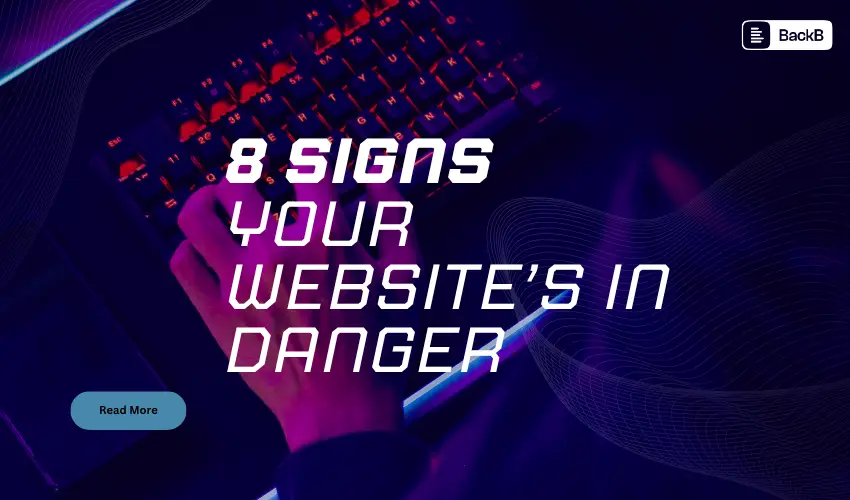
If Google detects your website has been hacked, it won’t whisper – it shouts with big, scary warnings. From red screens to alarming browser alerts and unsettling messages in search results, these alerts are designed to protect users—and put serious pressure on you to fix your site fast.
Whether you’re a small business owner or run a large e-commerce store, these warnings can cripple your traffic, destroy your SEO rankings, and damage your reputation. A hacked website isn’t just a technical issue—it’s a business emergency that demands immediate action.
As a trusted website development company, we’ve seen firsthand how these incidents can bring business to a halt. That’s why it’s critical to take a proactive approach—building your site with security, performance, and user trust at the core.
Below are the eight most critical alerts Google displays when your site is compromised—and what to do if you ever see them.
1. "This site may be hacked" in search results
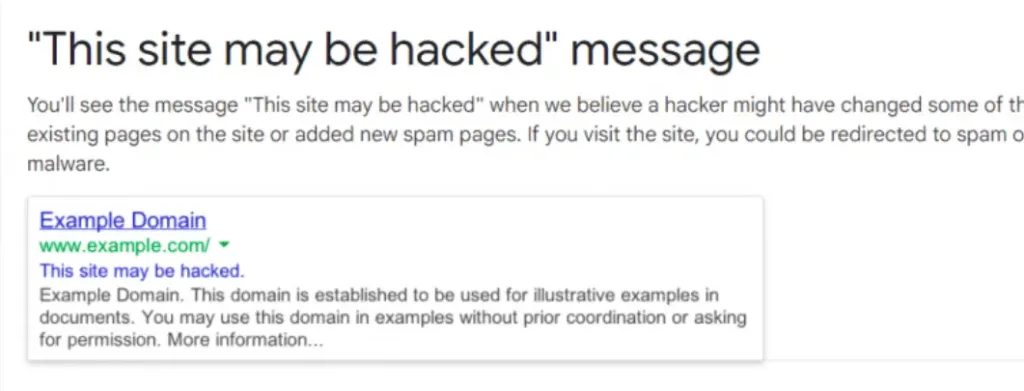
What happens:
- It destroys trust and dramatically drops traffic.
- Most users will avoid clicking it altogether.
- Can be triggered by spammy content injections, redirects, or hidden scripts planted by attackers.
How to respond: Run a full security audit. Use Google Search Console to inspect and clean URLs. Then request a review. Work with a trusted web development team to boost security and monitoring.
2. "Deceptive site ahead" warning (Red Screen)
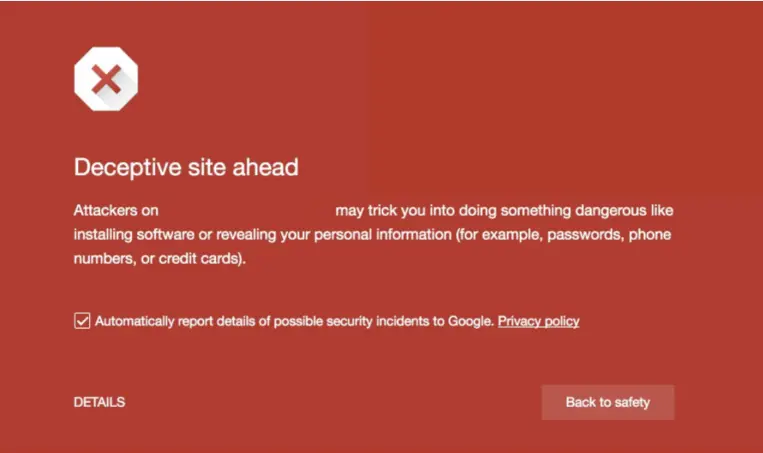
What happens:
- Visitors are blocked with a red warning page.
- This can stem from injected scripts or compromised plugins.
- Often linked with attempts to harvest login credentials or redirect users to scam pages.
Act fast: Scan for phishing pages, malicious redirects, or strange scripts. Remove them and report cleanup via Google Safe Browsing. Consider a custom website design and development service that prioritizes secure coding practices.
3. Security Issues notification in Google Search Console
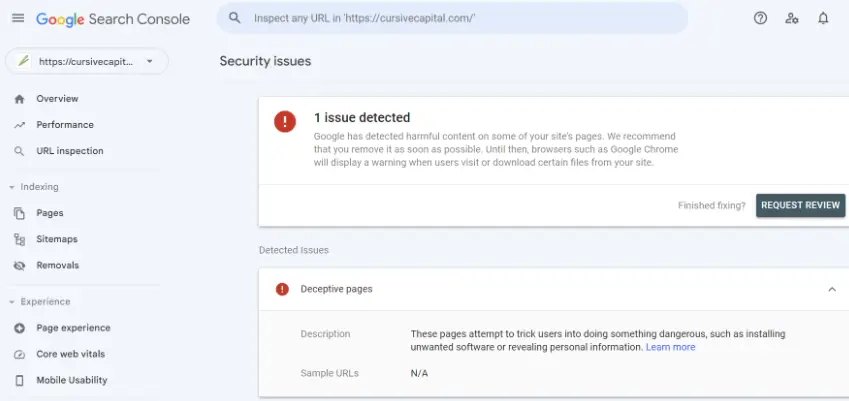
What happens:
- You’ll see messages like “Hacked content” or “Malware.”
- This is your best friend for identifying and resolving issues.
- It often includes specific URLs and types of threats detected.
Use this: Identify URLs, locate the issue, clean up the code, and hit “Request Review.” A professional website development company can streamline this entire cleanup process for faster recovery.
4. Malware warnings in browsers (Chrome, Firefox)
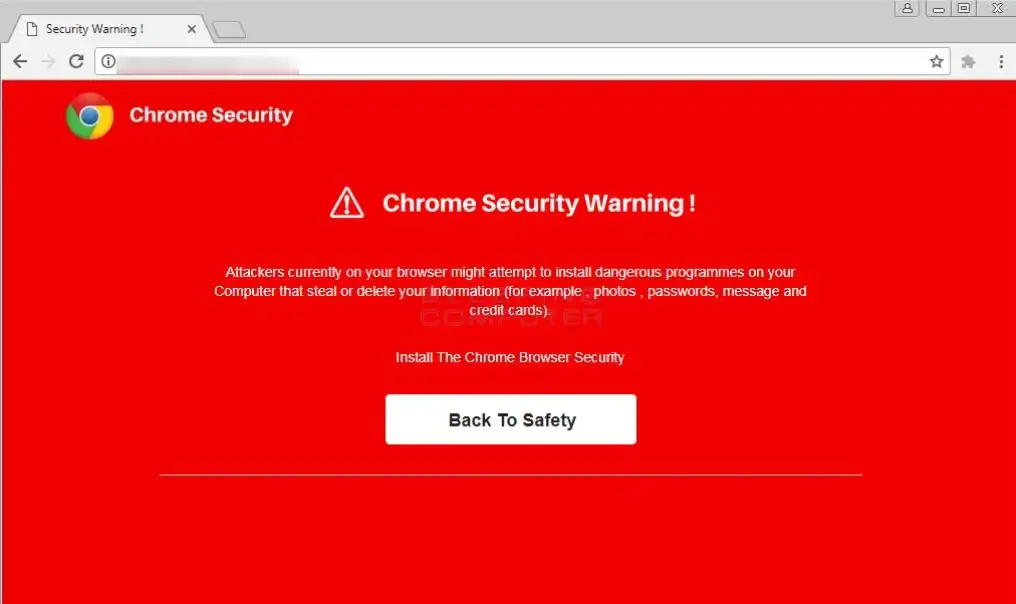
What happens:
- Chrome often flashes “The site ahead contains malware.”
- This deters 95%+ of visitors.
- Indicates code-level threats like viruses, spyware, ransomware, or exploit kits.
Fix it: Restore from a clean backup, scan for backdoors, and re-secure admin areas. Deploy WAFs (Web Application Firewalls) and periodic scans via your website development company.
5. Spammy Structured Data Markup Warnings
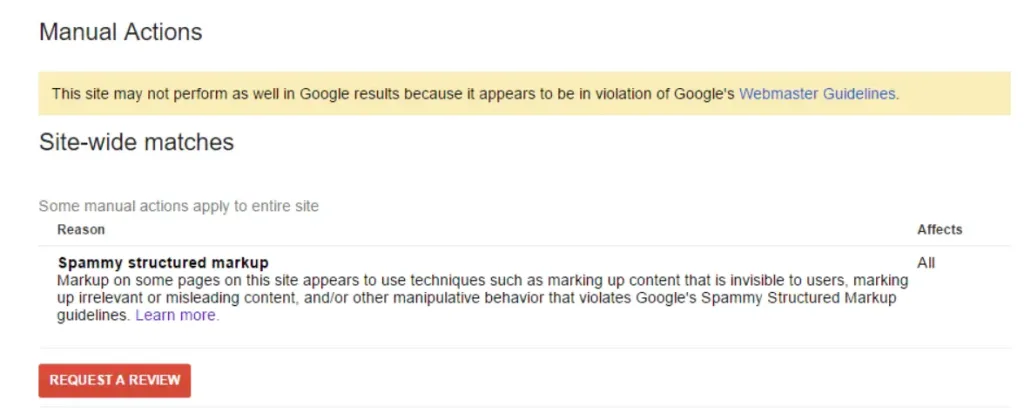
What happens:
- You might see structured data removed or errors in rich results testing tools.
- Hackers often insert fake product reviews, star ratings, or business information.
- Schema spam not only hurts visibility but can trigger a manual penalty.
Clean it: Remove junk markup, especially auto-generated or injected schema like fake product reviews. Validate your schema with Google’s Rich Results tool and reapply structured data with accurate business information via custom website design and development.
6. Sudden Deindexing from Google Search
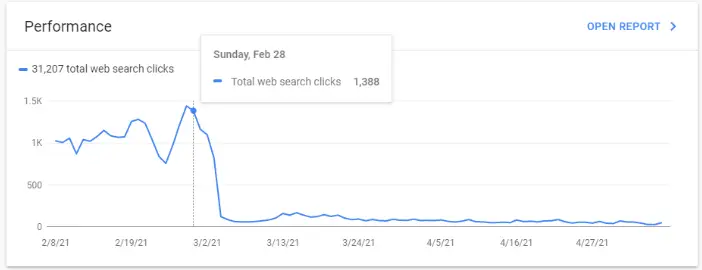
What happens:
- Entire sections may be removed.
- Especially common with pharma hacks or Japanese keyword injections.
- Signs include massive traffic drops and zero indexed pages in GSC.
Watch out: Check indexing status in Google Search Console. Inspect URLs to ensure content hasn’t been replaced. Work with a website development company that provides secure development and proactive SEO monitoring.
7. Hosting Provider Suspension Alerts
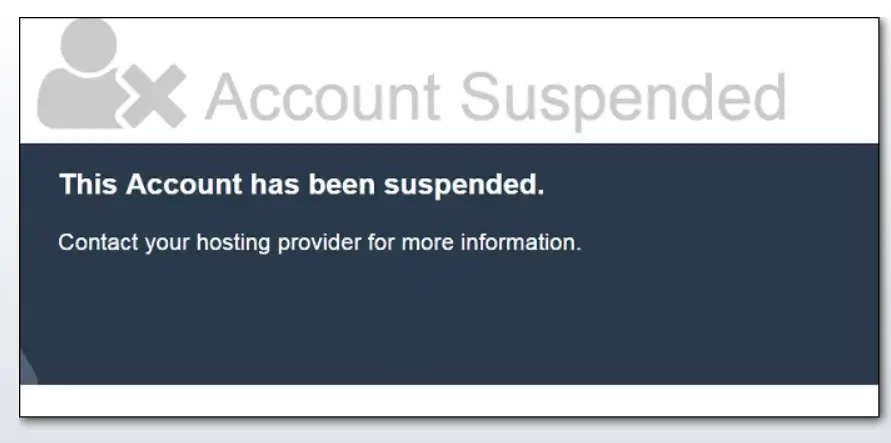
What happens:
- Hosts suspend accounts due to outgoing spam or detected malware.
- Google can then flag your site in tandem.
- Visitors may see a generic 403 or 503 error, further damaging trust.
Coordinate: Work with your hosting provider to restore access, clean the site, and close security holes. A reliable development partner can help migrate your site to a more secure host if needed.
8. Unusual Traffic or Analytics Spikes
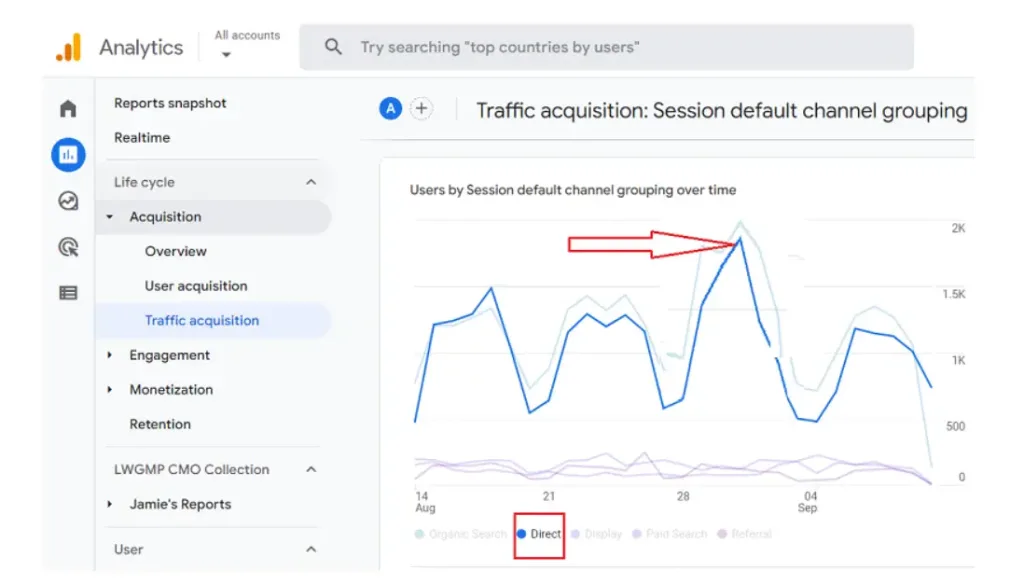
What happens:
- Often tied to SEO spam hacks.
- These exploit your site to rank malicious pages under your domain.
- May result in your site ranking for irrelevant or shady terms.
Monitor it: Use Google Analytics, GSC, and third-party tools like Sucuri or Wordfence to spot anomalies. A custom website design and development company can help set up alerts and behavior tracking to detect problems early.
Reasons You Must Act Quickly When Google Flags Your Site
- Trust evaporates overnight – Visitors are scared off by visible warnings.
- Organic traffic plummets – Google suppresses visibility in search results.
- Sales and leads vanish – Fewer visitors means fewer conversions.
- SEO equity is destroyed – Years of effort can disappear in days.
- You lose brand credibility – Clients may associate your site with fraud.
- Recovery costs skyrocket – Delayed action can multiply cleanup expenses.
- Search penalties linger – Google may take weeks to lift restrictions.
Why This Matters for Business Owners and Site Managers
Your website is your brand’s digital storefront. If it gets hacked, you’re not just losing traffic—you’re losing trust, customers, and revenue. Site security is essential for credibility, SEO, and long-term success.
Investing in professional web development with a security-first mindset ensures your online presence is protected from evolving cyber threats.
FAQ
1. Does Google alert you if you've been hacked?
Yes, Google often sends alerts through Search Console or email if it detects suspicious activity or a potential hack on your website. These alerts include details about the issue and suggested steps to fix it.
2. What if I visited a hacked site?
If you visited a hacked site, your browser or antivirus might block it. If not, clear your browser cache, run a malware scan on your device, and avoid entering any sensitive information on the site. Change passwords if you suspect anything unusual.
3. Can Google Chrome get hacked?
While Chrome is a secure browser, no software is 100% immune. Using outdated extensions, visiting unsafe sites, or downloading malicious files can lead to vulnerabilities. Always keep Chrome updated and use trusted sources.
4. How do I know if my Google security alert is real?
A real Google security alert will come from security.google.com or notifications@google.com and will appear in your Google account’s security activity. Avoid clicking on suspicious emails or pop-ups—always verify through your account dashboard.
5. Are there fake Google Alerts?
Yes, scammers often send fake Google security alerts to trick users into clicking malicious links or sharing personal information. These may look like real warnings but often have suspicious email addresses, grammatical errors, or urgent language. Always verify alerts through your official Google Account dashboard or the Google Security page.
6. How to check if a website is safe?
Look for HTTPS, avoid suspicious links, and use tools like Google Safe Browsing or VirusTotal to verify site safety.
A hacked website doesn’t just hurt rankings—it tarnishes your brand Don’t let threats go unnoticed—secure your site today.
Visit BackB Solutions as the top website development company, to schedule a website consultation and protect your online presence with trusted web development solutions.
Recover lost SEO traffic and fix site warnings.
Rizwan Mohammed Yoosuf
Head of Digital Transformation @ BackB
Successfully led numerous startups and corporations through their digital transformation





